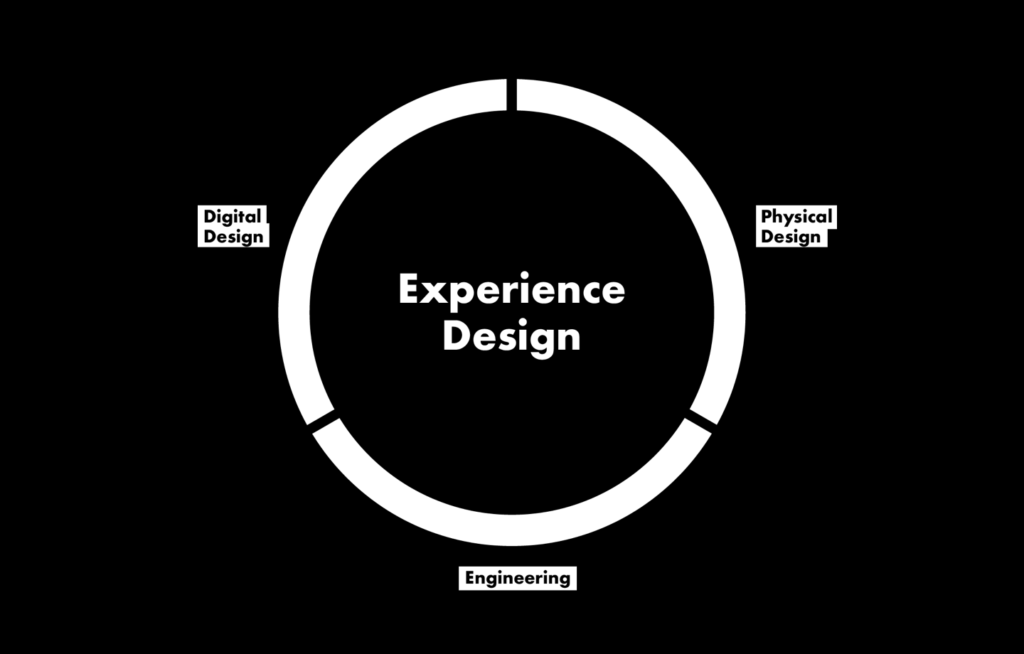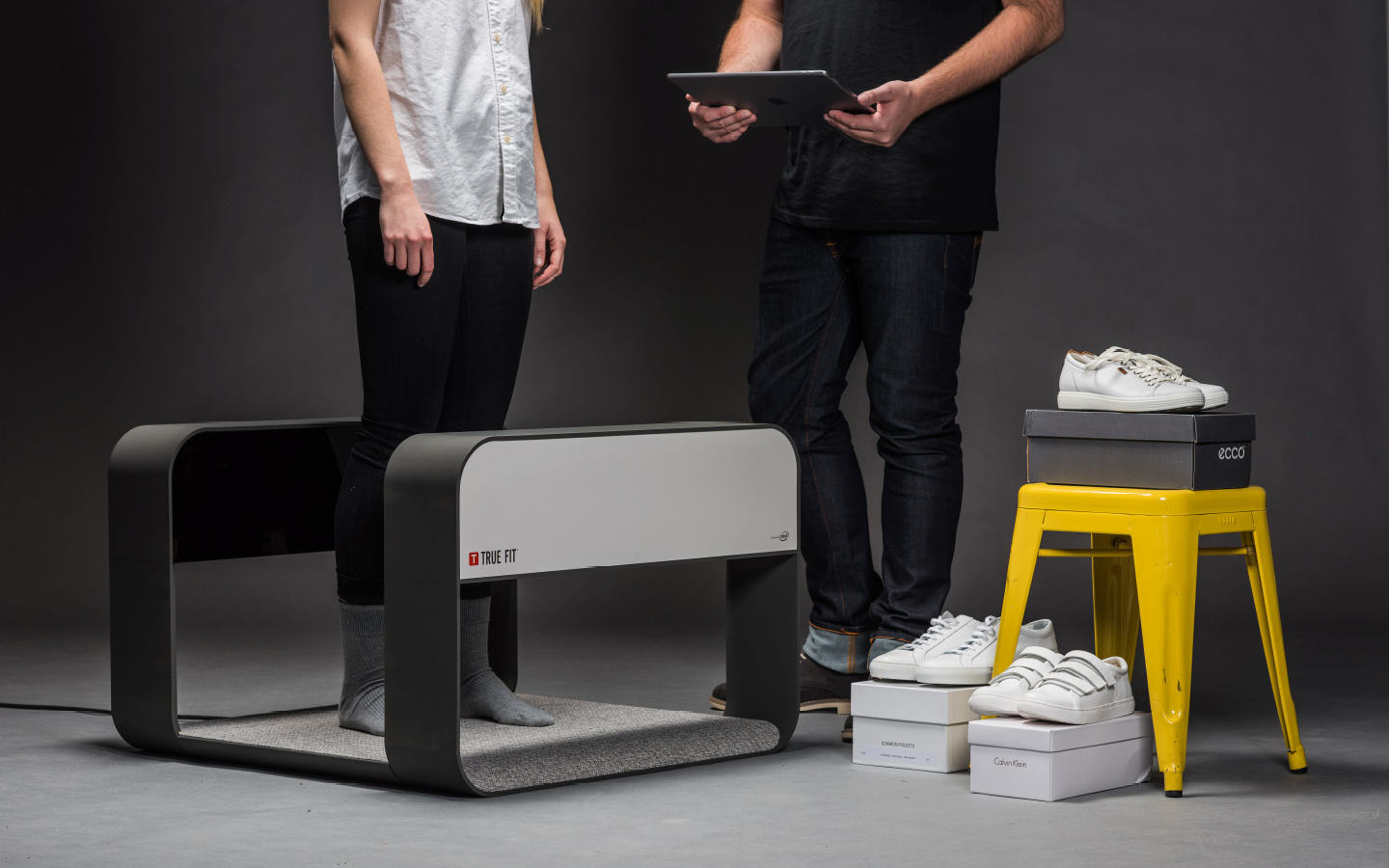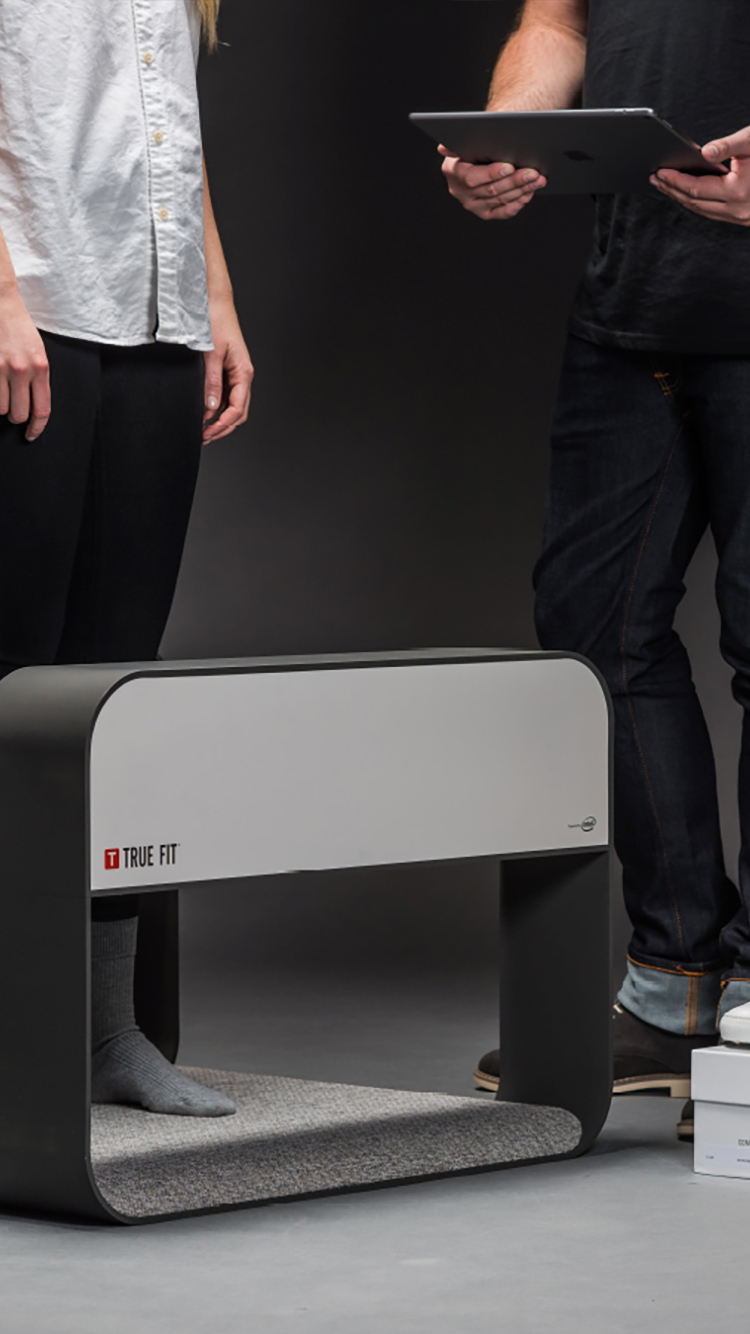We specialize in designing tools for trusted professionals—the equipment that doctors and other highly trained workers use all day every day to perform at their best. These are the kind of jobs that continually improve the lives of anyone who interacts with them in some way. For us, working alongside medical and industrial industries has taught us how drastically design can impact daily operations, which is why we’re committed to research above all else. Function First… Always. That said, functional should also be beautiful and enjoyable. In an ideal world, technology-based tools can add meaning to people’s lives, improve working conditions for everyone, and still be design-forward.
Within these industries, any transformation must also consider any impact on solutions and business for decades to come. That means an efficient integration of design is pivotal during every step of a product’s evolution. It allows talented creatives to better work hand in hand with sharp technical resources, thus avoiding missed opportunities and finding meaningful, timeless solutions that will resonate throughout every detail of the final product experience.
“Functional should also be beautiful and enjoyable.”
Since medical and industrial devices have the power to affect millions, constant communication and rigorous vetting processes for every aspect of the product are critical. It’s all about the long-game. And since it takes a significant amount of time and resources to implement products into any ecosystem, it’s important to do everything we can to make the work relevant and worthwhile. We also want to make sure people actually enjoy using them! Here’s how:
Research and Collaboration with Subject Matter Experts
We maintain a fervent reliance on trusted resources to guide us. Despite years of designing similar devices, we don’t pretend to be professionals in such highly complex industries. If we’re working on medical equipment, we’ll go into hospitals to find the right doctors, nurses, or technicians to get all the information we need. Other times, we’ll work with partnering companies to do the best possible market testing we can. In order for everyone to be on the same page, we’ll also work with your stakeholders to bring them into the fold as we move forward. Every detail may start with the user, but it’s also tied to a business strategy.
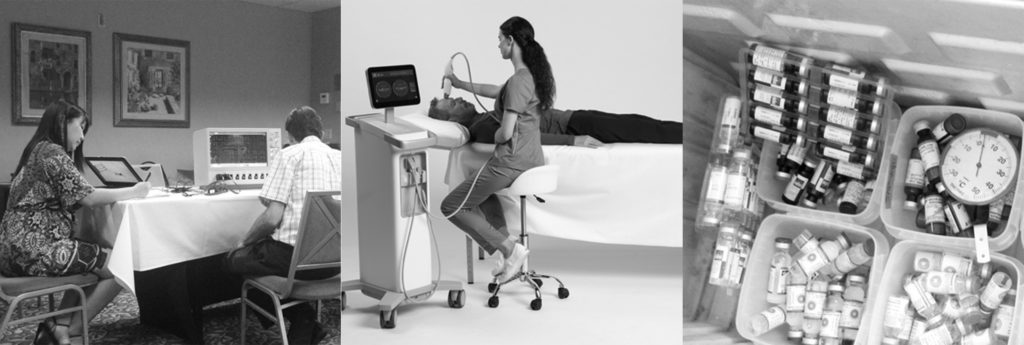
The products we’re working on generally have to pass numerous tests and market constraints, and we’ll pool our knowledge database to navigate those expectations as best we can. We can design to meet any certifications the product might need to adhere to along with safety requirements, ruggedization needs, environmental issues as a result of manufacturing, and end-of-life. We want the product to fit into a larger context while balancing business expectations.
“To us, the maxim
that form follows
function holds true.”
In addition, we work closely with our clients to perform user research and gain insights that can be key when making alterations to the product. To us, the maxim that form follows function holds true. Designing desirable and functional tools for professionals starts with understanding the user and the use case scenario.

Think Fast, Prototype Often, and Keep an Open Mind
We like to share! Anything from mockups of interfaces to physical mockups of key components of the product are tested on relevant end-users. We like to keep things conversational, and our experts have a full seat at the table when it comes to evaluating a product’s design. We never want to get bogged down with technicalities. High on the list of priorities are ergonomics and intuitive use as they’re essential to functionality—no one wants to use a product day in and day out that involves holding their hand at an awkward posture. We genuinely care about the health and operational happiness of the users of our products.
By prototyping and validating in a timely manner, we’re able to understand effective solutions in reasonable timeframes. While always staying careful, our conceptualization during the development phase is fast-paced so our designers can quickly determine a concept’s feasibility. That means we can get meaningful solutions in front of our jury of experts more often during the process. In a sense, it’s our version of asking the right question.
“Major innovation isn’t 180 degrees. It’s 3 to 5 degrees off of the current path.”
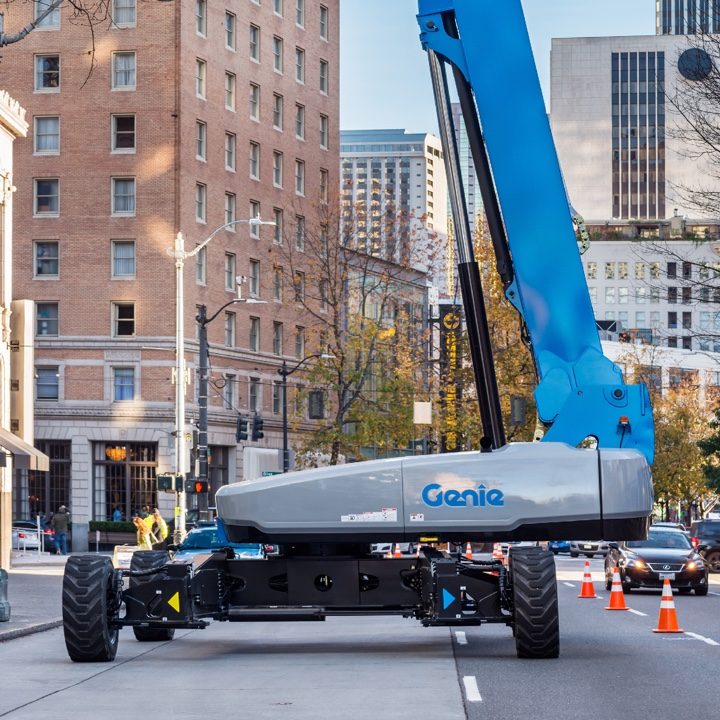
The Mundane and Big Picture are of Equal Importance
Like anything, you have to choose your battles—decide where you’ll risk trying something innovative, and where you’ll simply execute well. Major innovation isn’t 180 degrees. It’s 3 to 5 degrees off of the current path. If you try to re-imagine everything all at once, you’ll end up with a high-risk result that no one will recognize. It’s easy to laser-focus on the unique and new, but a select few innovative features must be paired with refined, beautiful, well executed and maybe even expected features in order for your customer base to feel comfortable investing in your product. Trust us, they’ll still feel like they’re buying the most advanced.
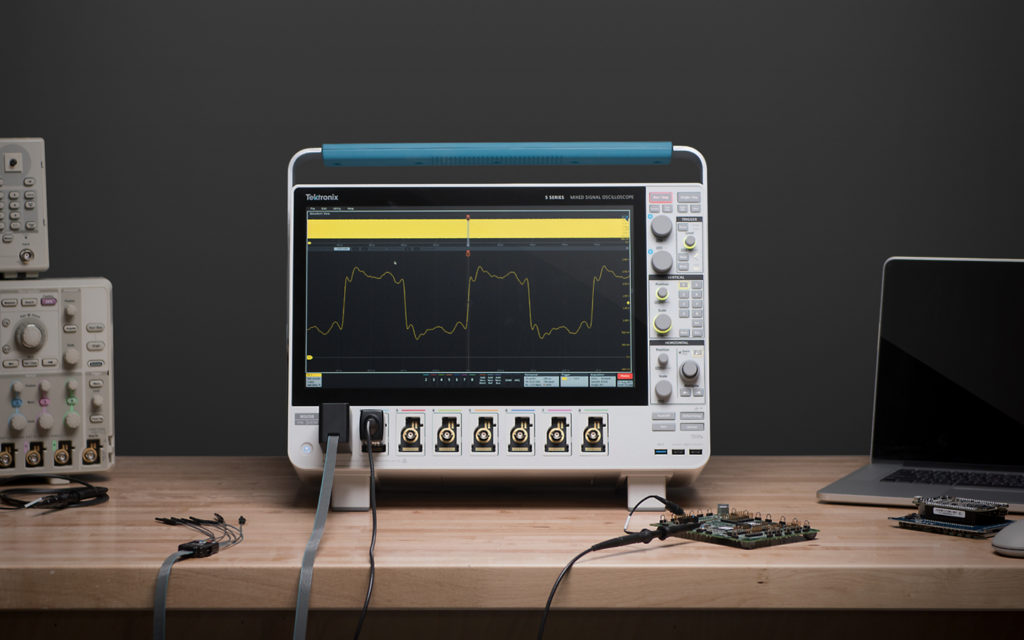
Refining Till The Very End
Building, testing, iterating, performing validation studies, and finalizing the solution usually results in a ‘Plan of Record’ prototype, further paired with photorealistic renderings and cosmetic models. From there we can move into integration. We’ll create specs for all aspects of the product—from drawings of the engineering to detailed color, material, and finishes (including graphics).
We know the devil is in the details, so the handoff of these materials is only the beginning of the relationship in the DFM and manufacturing process. We stay close to the design as it’s rolled out for production, supporting all necessary updates to ensure that the end result captures the design intent and conveys a perception of quality that will justify a high price-point item and service. Even minor details like texture and color matching can make all the difference. For our customers, a truly great design is minimal and without gratuitous details… and those few details better be perfect.
“a truly great design is minimal and without gratuitous details …and those few details better be perfect.”
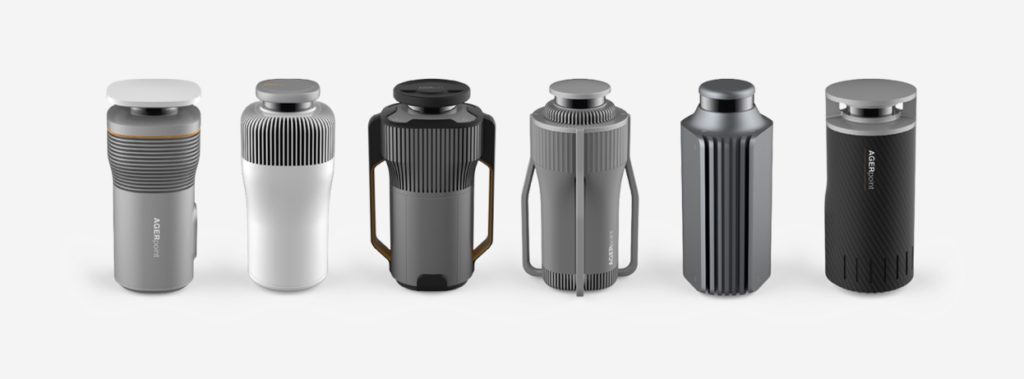
Better is Stronger than Newer
It’s important to keep the ultimate goal in mind throughout: new tools for professionals can’t simply be ‘next year’s model,’ they have to be better. Which means the product should perform a task more quickly, be more robust, do more so the user can achieve more, be more user friendly so using it causes less fatigue, or provide important information that was previously unavailable so users can be more informed.
Smart design first. Our familiarity with research-based product design within the industrial and medical industry helps us make products that are relevant, functional, and thoughtful. We understand the nuances of consumer level polish, while simultaneously being able to deliver measurably better user experiences. Everyone hopes their work can be revolutionary, but sometimes the greatest revolution is only a few evolutions away. Here’s to keeping things tactile.
